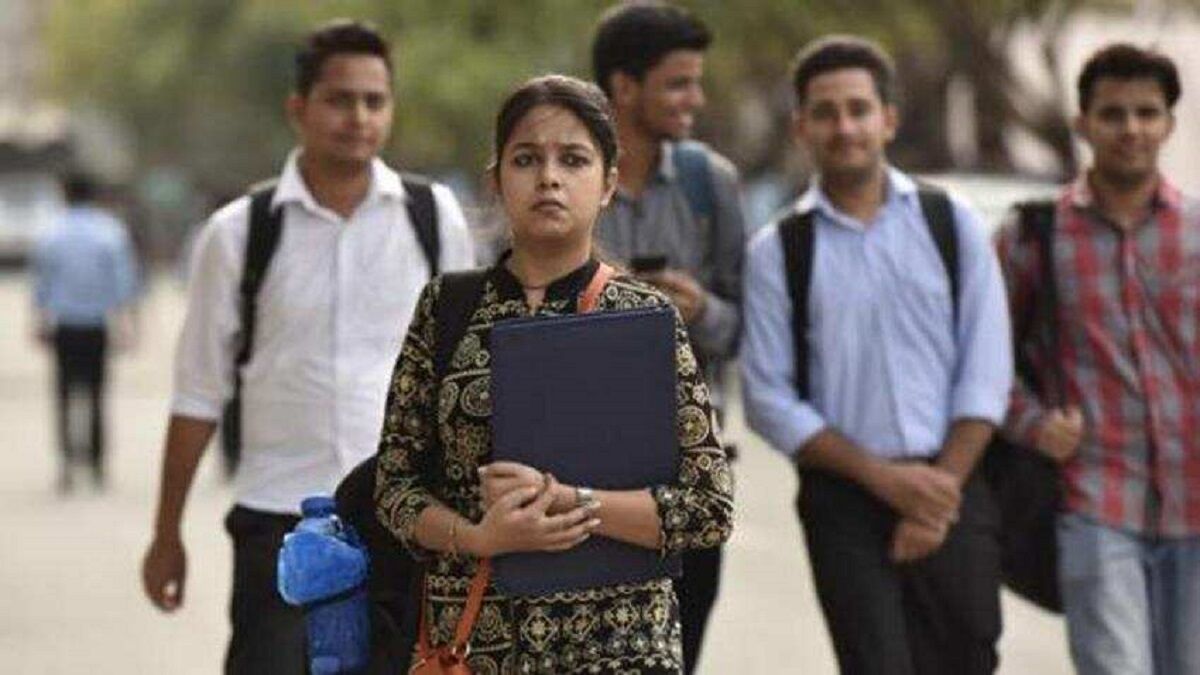Pessimistic outlook?

Centre for Monitoring Indian Economy (CMIE) — a Mumbai-based private research firm — recently reported that India's labour force participation rate (LFPR) has fallen from 47 per cent in 2017 to 40 per cent in 2022. This LFPR is far below the global standards averaging around 60 per cent. The CMIE report is an indicator of deep economic distress within the country — with the chances of recovery getting slimmer with each passing year. LFPR is the percentage of people in the working age population who are either employed or are seeking employment. Working age population, as is known, comprises people above the age of 15. A decline in LFPR, on a combined basis, indicates the fall in the number of employed persons and those looking for jobs in the working age group. In India's labour force, the number of employed fell by 14 lakhs and that of unemployed seeking for jobs fell by 24 lakhs. To quote the CMIE, millions "stopped even looking for employment, possibly too disappointed with their failure to get a job and under the belief that there were no jobs available." The problem of unemployment and low labour force participation rate has been an inherent trait of the Indian economy for well over decades but, currently, the exacerbating factors like pandemic and resultant constraints on economy have taken the problem to a threatening height. Large number of informal sector jobs lost during the pandemic are yet undocumented, and so is the willingness of the informal workforce to go back to the cities in view of the recurring Covid waves. Despite the government's focus towards generating employment, there appears to be a glaring gap in required opportunities. CMIE's projection that Indians have stopped looking for jobs out of pessimism is indeed horrifying and quite tough to swallow. Unemployment rate has been breaking records over the past couple of years. Ideally, this should have led to desperation among people to find jobs, more so when India has a teeming and youthful working age population. But, as the CMIE report suggests, people appear to have submitted to the idea that productive and remunerative jobs don't exist in India to the desired level. So, what do people do if they stop looking for a job? Most of them fall back on their families with a smaller number of earning members. This, in turn, also in many cases leads to another form of unemployment — disguised unemployment — where the unemployed is seen to be working, but without remuneration and significant impact on the output. Apart from lack of opportunities, the seclusion of women from the workforce is another major structural factor behind India's low LFPR. Against the global standard of 47 per cent, participation of Indian women in the labour force stands abysmally low at around nine per cent. Around 21 million women have abandoned the Indian workforce over the past five years. The CMIE report is an indication that governments should turn their eyes towards the long-existing lacunae of missing women in the labour force. Policymakers must wake up to the fact that there is no way out than to incorporate the other half of the Indian population in an organised manner. Women in the country must be thanked for having taken the lead in almost all sectors, despite all odds, to massively contribute to India's growth narrative. But more than this gratitude, women in India deserve to be acknowledged in the first place, as the supporting pillars of the economy. Work environment in the country is still hostile to women in several ways. From transportation to sanitation, everything is yet to be customized for the woman workforce. Government has indeed made impressive steps in reducing the evils like child marriage and promoting girl education. But there is simply so much left to be done in this regard. Furthermore, the government must make attempts towards interacting with society in a meaningful manner to streamline most of the unpaid work done by women into the economic domain. Without active policy making around these aspects, a stable labour force will remain elusive for India in the long run. However, as an immediate measure, bold government interventions are required to create job opportunities in the near future.



